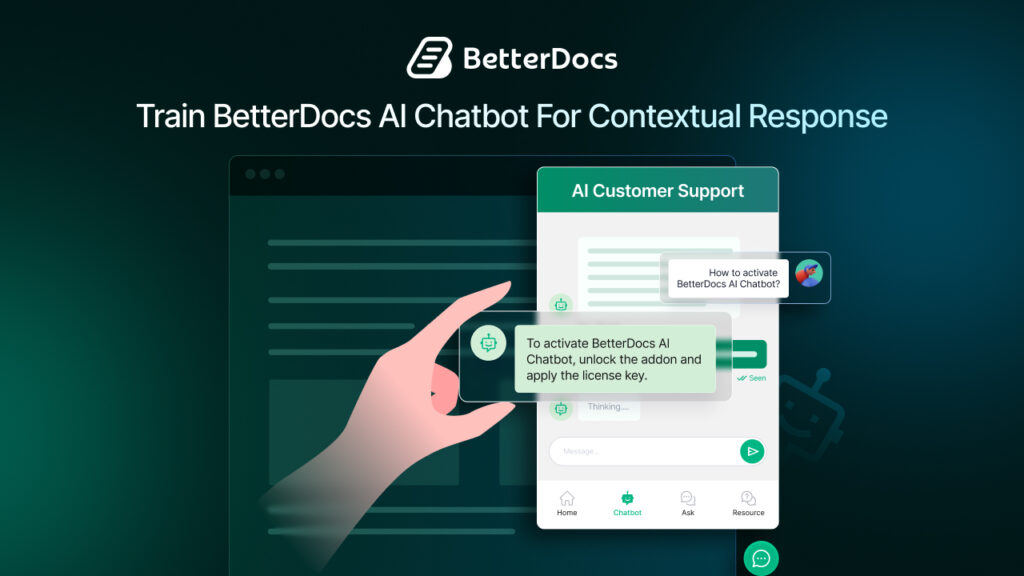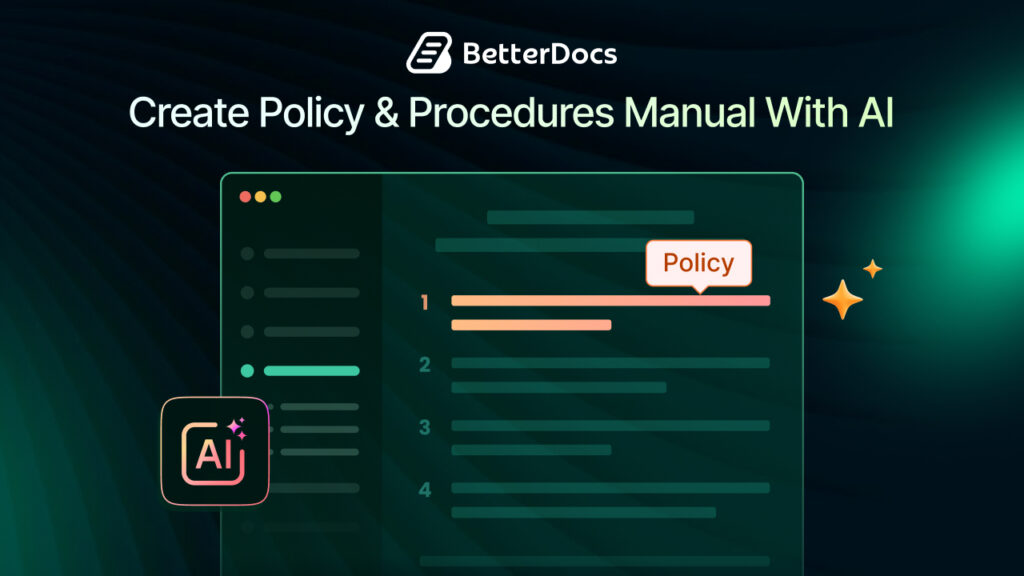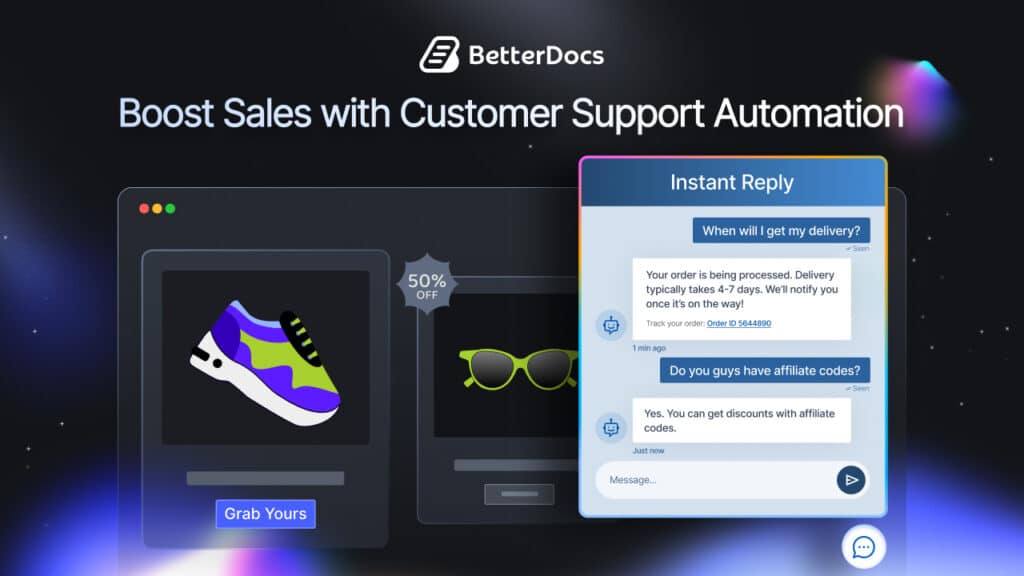Customers expect support that is immediate, accurate, and seamless across all channels today. However, traditional help desk operations often fall short in meeting these expectations, struggling to balance rising demands with limited resources.
Help desk automation is changing the way customer support works, for the better. The global market for help desk automation is expected to grow fast and reach $18.85 billion by 2028. This shows that automation is not just a trend; it is something businesses need to stay ahead of.

This comprehensive guide explores five strategic automation ideas that can significantly enhance your support operations, delivering cost efficiency, scalability, and an exceptional customer experience.
What is Help Desk Automation and How Does It Help?
Help desk automation refers to the use of technology to automate common customer support tasks. It helps answer questions, assign tickets, and solve simple issues without needing a human agent every time.
Tools like chatbots, automated replies, and self-service knowledge bases make this possible. This speeds up response times and reduces the workload on support teams. In short, it helps customers get faster help while making support more efficient. Before diving into specific strategies, it is crucial to understand why investing in automation is both a competitive necessity and a cost-saving opportunity.
According to IMARC Group (2024), the help desk automation market is growing at a CAGR (Compound Annual Growth Rate) of 28.1% between 2024 and 2032. The Business Research Company reports that the market reached $6.14 billion in 2024 and is projected to hit $8.14 billion in 2025 alone. This explosive growth highlights the increasing reliance on automation to drive efficient, scalable support systems.
Substantial ROI and Cost Reduction
Automation offers measurable financial benefits. Let us have a quick glimpse at the statistics on how automated help desk helps businesses.
- U.S. businesses can save up to $23 billion annually by implementing chatbot automation in contact centers.
- The average ROI from chatbot implementation is an astounding 1,275%.
- Automation can reduce overall support costs by up to 30%
Enhanced Customer Experience
Automation enables businesses to meet modern customer expectations by offering 24/7 support without human intervention, reducing response time to seconds, and ensuring consistency and accuracy in all customer interactions.
5 Customer Support Automation Strategies That Deliver Real Impact
Help desk automation is a strategic move that can transform your customer support operations. In this section, we will explore five powerful automation strategies that not only streamline workflows but also enhance customer satisfaction and drive measurable results.
1. AI-Powered Chatbots for Instant First-Line Support
AI chatbots serve as the frontline of your support system, designed to handle common queries such as password resets, order tracking, and account updates. These chatbots use natural language processing to understand and respond to customer intent, not just keywords.
Sephora, a global beauty retailer, uses an AI-powered chatbot on its website and mobile app to handle common customer queries like order status, product recommendations, and store location information. Powered by Natural Language Processing (NLP), the chatbot understands customer intent, such as “Where’s my order?” or “Help me find a red lipstick,” and responds instantly.
Being available 24/7 and handling multiple interactions simultaneously, chatbots reduce wait times and free up human agents to focus on complex, high-priority issues. Their ability to deliver consistent responses also ensures that every customer receives accurate, uniform information.
💡 Implementation Tip: Begin by identifying your most frequent customer queries and training your chatbot to handle those. Integrate escalation paths to human agents for complex or unresolved issues.
📖 Recommended Reading: Introducing AI Chatbot for WordPress Website Documentation Queries Powered by BetterDocs
2. Automated Ticket Routing and Prioritization
Automated ticket routing uses machine learning and predefined rules to categorize, prioritize, and assign support tickets to the most appropriate agent or department.
A good example of this is Airbnb, a vacation rental platform, which uses Zendesk’s automated ticket routing to manage millions of support tickets from hosts and guests. The system uses predefined rules (e.g., issue types like “booking cancellation” or “payment issue”) and machine learning to categorize and prioritize tickets, routing urgent cases (e.g., safety concerns) to specialized agents and less urgent ones (e.g., general inquiries) to general support.
This eliminates manual errors, ensures that high-priority issues are addressed immediately, and balances workloads across your support team efficiently. As a result, response times decrease, and customer satisfaction increases.
💡 Implementation Tip: Use keyword recognition, customer tiering, and issue types to create initial routing rules. Gradually incorporate machine learning to optimize ticket flow based on past successful resolutions.
3. AI-Enhanced Self-Service Knowledge Base

An AI-driven knowledge base allows customers to resolve issues independently through intelligent search functions that interpret natural language queries.
Customers prefer finding solutions themselves when the tools are intuitive and the content is helpful. A well-maintained knowledge base can significantly reduce ticket volume and boost customer satisfaction by offering immediate answers.
Intuit, the maker of QuickBooks, offers an AI-driven knowledge base for its accounting software users. Customers type natural language queries like “How do I reconcile my bank account?” into the search bar, and the AI delivers relevant articles, videos, and step-by-step guides. The system learns from user searches to improve result accuracy.
💡 Implementation Tip: Document common issues thoroughly, use visuals to simplify complex topics, and continuously refine content using search analytics and feedback. Integrate the knowledge base with your chatbot for seamless self-service.
If you are using WordPress and looking for a solution to create FAQs utilizing the power of AI, you can check BetterDocs. Using this knowledge base plugin, you can automatically generate FAQs using AI that provides instant answers to commonly asked questions. It’s powerful ‘Write with AI’ feature makes it super easy to create answers for your website FAQs, and this feature comes with the FREE version!
4. Workflow Automation for Repetitive Tasks
Many support processes follow predictable patterns. Workflow automation tools can handle these repetitive tasks, such as account updates, password resets, or software installations, without human intervention.
Eliminating manual steps helps you reduce the chance of error and ensure faster, more consistent service delivery. This boosts efficiency while maintaining quality.
Dropbox, a cloud storage provider, automates repetitive tasks like account updates and password resets using workflow automation tools integrated with its help desk system (e.g., Zendesk). When a user requests a password reset, the system triggers an automated workflow: it verifies the user’s identity via email, sends a secure reset link, and updates the account status—all without agent involvement.
💡 Implementation Tip: Start with clearly defined, low-risk tasks. Use conditional logic and automated follow-ups to streamline processes. Monitor outcomes to identify areas for further automation.
5. Predictive Analytics for Proactive Support
Predictive analytics uses historical data and machine learning to identify patterns and anticipate future issues. This allows support teams to address problems before they arise.
For example, you can predict system outages, identify at-risk customers, and prepare your team for support demand spikes. This shift from reactive to proactive support significantly enhances customer satisfaction and reduces ticket volume.
💡 Implementation Tip: Analyze support history to uncover recurring issues and build predictive models. Use these insights to trigger automated alerts or offer preventive solutions to customers.
How To Automate Help Desks Effectively?
Adopting help desk automation should be strategic to ensure long-term success. A phased approach allows for smoother transitions, minimal disruptions, and better outcomes. Here is how to automate help desks effectively:
🎯 Phase 1: Planning and Assessment
Start by auditing your existing support workflows and analyzing ticket volume, resolution times, and common customer issues. This helps identify where automation can make the most impact. Define measurable goals, such as reducing response times or improving first-contact resolution rates and choose automation tools that align with your business needs and budget.
🎯 Phase 2: Pilot and Optimization
Select one or two high-impact automation use cases to test, such as ticket routing or chatbot support for FAQs. Run a controlled pilot with a small group of agents or customers to measure effectiveness. Use the insights gathered to fine-tune your processes, improve user experience, and resolve any friction points before a broader rollout.
🎯 Phase 3: Scaling and Expansion
Once the pilot proves successful, expand automation to more support tasks and teams. Provide training to your staff so they’re comfortable with the new tools and workflows. Continuously monitor key performance indicators (KPIs) like resolution time, ticket volume, and customer satisfaction to track success and optimize as needed.
Ensuring Team Adoption and Change Management

Successful help desk automation depends not just on technology, but on team adoption and effective change management. It is essential to communicate clearly that automation is designed to support, not replace, human roles, freeing up agents to focus on more complex, value-driven tasks.
- Provide hands-on training and access to support resources to build confidence in using new tools.
- Roll out changes gradually to minimize disruption and help staff adjust smoothly.
- Foster a culture of continuous improvement by actively encouraging feedback and incorporating team suggestions into the automation strategy.
Future of Help Desk Automation: What to Expect
The future of help desk or service automation is being driven by powerful technological advancements that are transforming the way businesses support and engage with customers. At the forefront is the rise of next-generation conversational AI.
Unlike traditional chatbots limited to predefined scripts, these advanced systems will understand context, intent, and nuance, enabling more natural, personalized, and effective interactions. This leap in AI capability will allow businesses to automate increasingly complex support scenarios, improving both efficiency and customer satisfaction. Key trends shaping the future of help desk automation include:
- Advanced Conversational AI: AI will move beyond simple query handling to offer contextual, intelligent conversations that mimic human support.
- Voice-Based and Mobile-First Interfaces: Customers will expect seamless support across voice assistants and mobile platforms, making omnichannel automation a necessity.
- IoT Integration: Help desk systems will connect with IoT devices to automatically detect issues, provide real-time diagnostics, and initiate support without user input.
These innovations will collectively enable help desks to become more proactive, predictive, and responsive, ensuring smarter, faster, and more seamless customer experiences. Automation is evolving from an advantage to a necessity. Businesses that adopt intelligent, scalable solutions will lead in customer experience, efficiency, and innovation.
Take Your Customer Support Automation to The Next Level
Help desk automation is no longer an option, it is a strategic initiative. With impressive market growth and proven ROI, now is the time to begin your service automation journey. Implementing AI chatbots, automated routing, knowledge bases, workflow automation, and predictive analytics will help your organization provide faster, smarter, and more proactive support.
Start small, measure results, and scale thoughtfully. Done right, automation does not replace human agents, it empowers them to focus on what truly matters: solving complex issues and building lasting customer relationships.
Was this blog helpful? Feel free to share your thoughts about our latest addon in our Facebook community. To read more interesting articles like this, subscribe to our blogs. All the best!
![5+ Knowledge Base Challenges You Should Look Out for in 2026 [With Solutions]](https://betterdocs.co/wp-content/uploads/2025/12/1280x720-_-Blog-Banner-_-Knowledge-Base-Challenges-1-1024x576.jpg)





